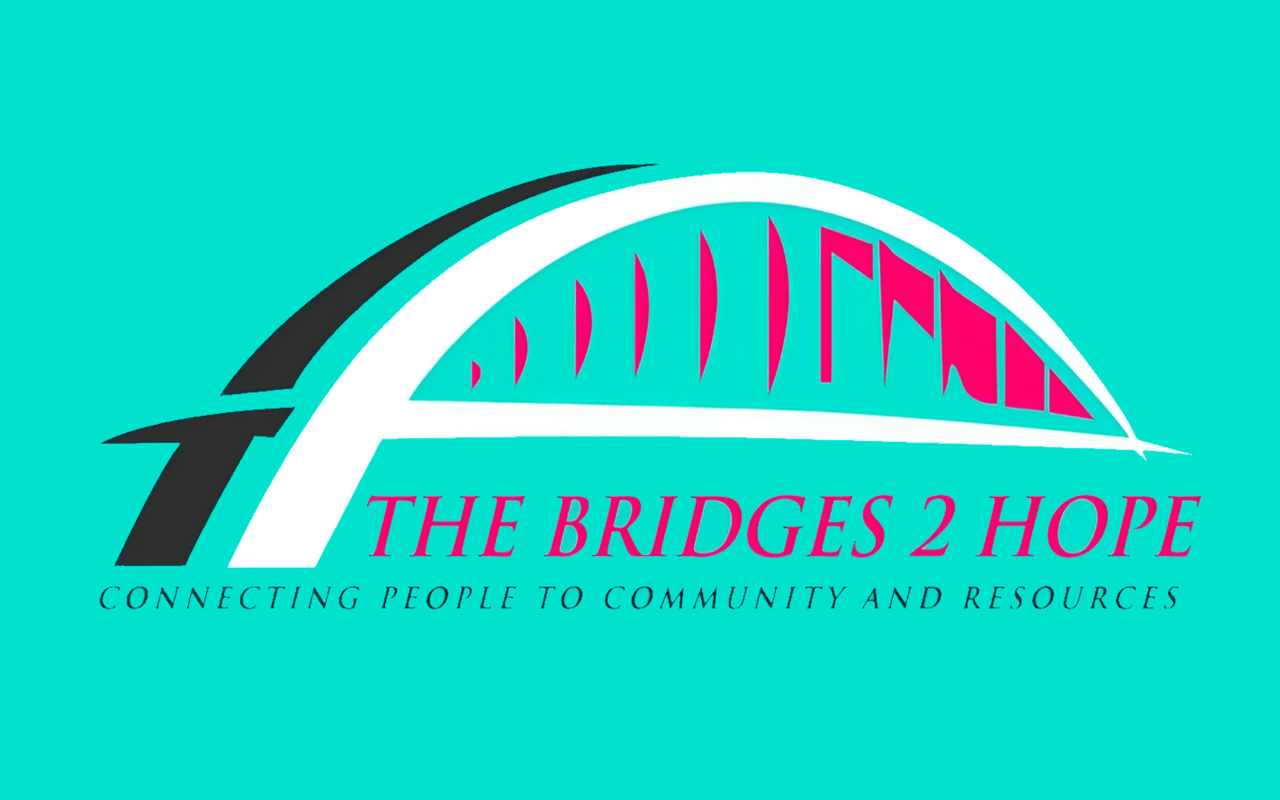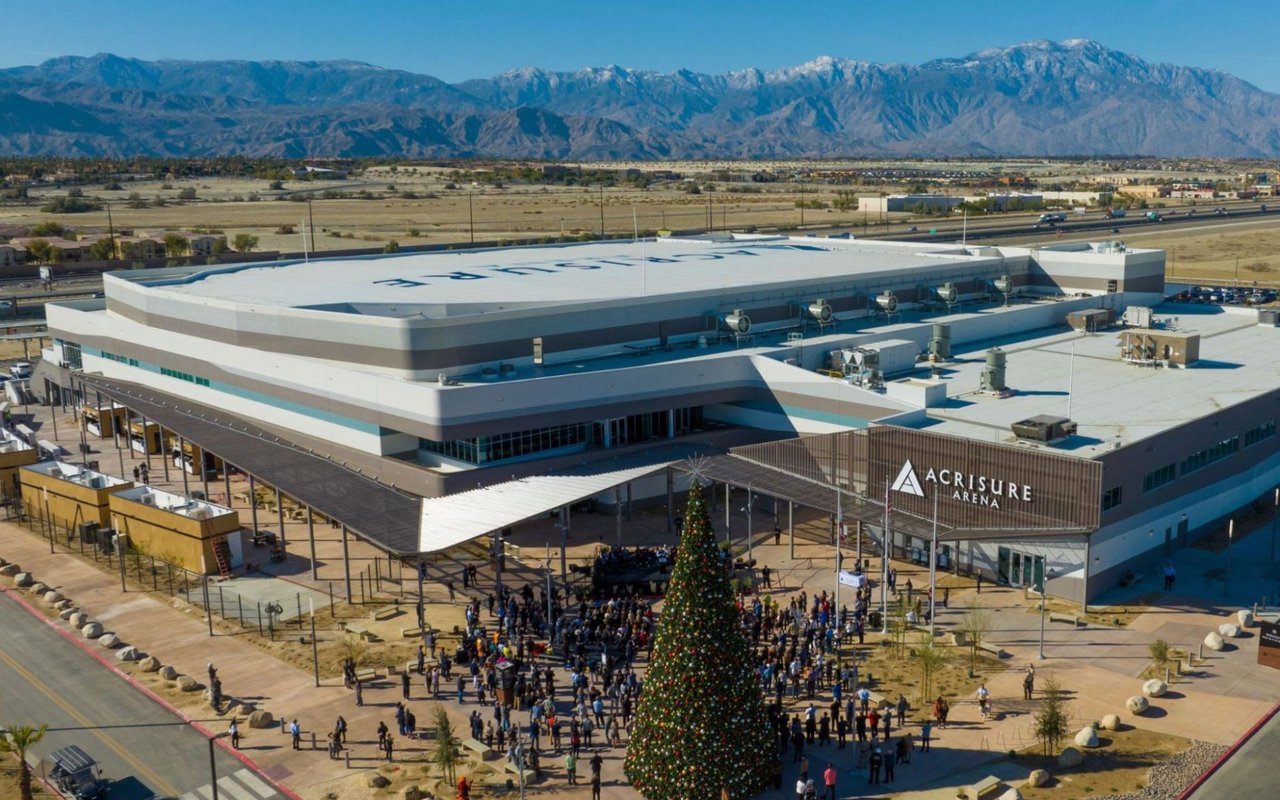As 2024 progresses and 2025 looms on the horizon, the real estate market is poised for a series of shifts that will shape the landscape for buyers, sellers, and investors alike. The post-pandemic world has ushered in a new era of economic and social dynamics, influencing everything from interest rates to housing demand. Understanding these trends is crucial for anyone involved in real estate, whether you're looking to buy your first home, sell an existing property, or expand your investment portfolio. In this blog post, we'll explore the key market trends to watch as we move toward the close of 2024 and prepare for the opportunities and challenges of 2025.
Interest Rates: A Balancing Act
For buyers, this means the cost of borrowing remains a critical consideration. Mortgage rates are unlikely to return to the ultra-low levels of the early 2020s, making it more important than ever to shop around for the best possible terms. Sellers, on the other hand, may face a more selective market, as higher rates could dampen demand, particularly in higher-priced segments. However, this environment may favor well-priced, well-maintained properties that offer strong value propositions.
Sustained Demand in Suburban and Secondary Markets
The Rise of Sustainable and Resilient Properties
Homes equipped with solar panels, energy-efficient windows, and sustainable landscaping not only appeal to environmentally conscious buyers but also offer long-term cost savings. In addition, areas prone to natural disasters, such as hurricanes or wildfires, are seeing increased interest in resilient building practices. Homes built to withstand these challenges are not only safer but can also command higher prices in the market.
Technology’s Increasing Role in Real Estate Transactions
For buyers, this means greater convenience and transparency in the purchasing process. Sellers benefit from enhanced marketing tools that can reach a global audience. Investors, too, can take advantage of technology to manage properties more efficiently and make data-driven decisions. As technology continues to evolve, those who adapt quickly will have a competitive edge in the market.
The Continued Growth of Multi-Generational Living
This trend is also leading to increased interest in properties with accessory dwelling units (ADUs), which provide additional living space for family members while maintaining privacy. As multi-generational living becomes more common, homes designed to support this lifestyle will likely see higher demand and potentially higher resale values.
The real estate market as we head into 2025 is set to be dynamic and multifaceted, with a range of trends influencing buyer and seller behavior. From interest rates and suburban growth to sustainability and technology, understanding these trends will be crucial for anyone looking to navigate the market successfully. Whether you're planning to buy, sell, or invest, staying informed about these developments will help you make strategic decisions and capitalize on the opportunities that 2024 and 2025 have to offer. As the market continues to evolve, being proactive and adaptable will be key to thriving in the ever-changing real estate landscape.
Ready to discover your dream home in Palm Desert or explore investment opportunities in this serene desert oasis? Connect with the experts at DW & Associates, your trusted Palm Desert real estate professionals. With their deep local knowledge and commitment to exceptional service, DW & Associates will guide you through every step of your real estate journey. Visit Diane Williams and Associates today to make your desert dreams a reality!
































































